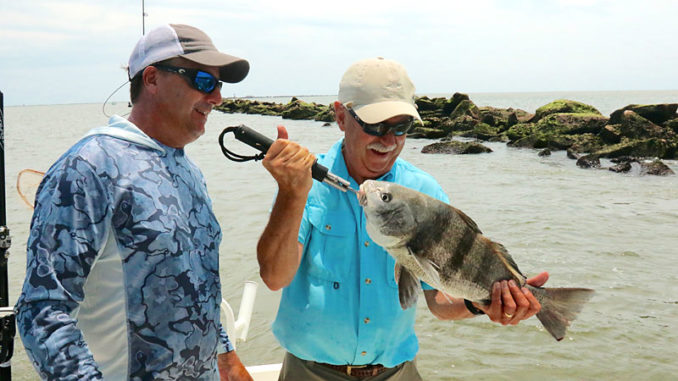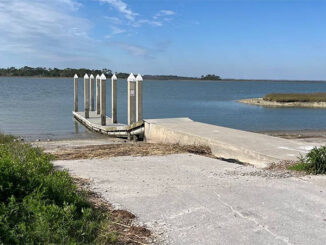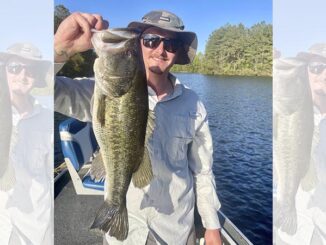
Jetties stay consistent despite summer heat
The shallow waters in many creeks and inlets almost boil in the August heat. But two of the most consistent Lowcountry hot-weather fishing spots are the jetties just outside of Charleston Harbor.
Bull redfish, huge black drum, flounder, black sea bass and all kinds of sharks will bite just fine here through the summer. And anglers anchored up within casting distance of the rocks will find deeper holes on the other side of the boat, holding the same species. But sometimes, this is where the bigger fish are.
James LaVanway of Reel Fish Finder Charters said this is no place to be stingy with bait. He loads three, four, even five shrimp on an 8/0 hook and likes to drop two lines straight down. Then he casts two more out the back of the boat, parallel to the jetty.
After that, it’s just a matter of waiting. Circle hooks allow the fish to hook themselves, so he suggests leaving the rods in rod holders. If using J-hooks, LaVanway likes holding that rod to stay ready for a hookset.
Deeper holes near the rocks hold the biggest fish
“When using circle hooks, most anglers don’t realize how much they need to reel, reel, reel before pulling the rod out of the rod holder,” he said. “That helps the fish hook itself, and you have to reel fast and constantly until you feel the fish. Of course, a lot of times, the fish is already hooked, and that helps. But still, these are big fish, and they will run you into any structure they can find. You have to really stay aggressive when fighting them.”
If anglers want to target big black drum, LaVanway eases away from the jetty a bit and drops cut bait down to the bottom.
“The big black drum love these deep holes,” he said. “When you’re fishing here, you need to have a venting tool ready, because these fish will not be slot fish. They will be over, and some way, way over. These are trophy fish, and you don’t want to harm them. A quick photo, then vent them, then back in they go.”
LaVanway (843-697-2081) uses heavy rods, 4500 to 6500 series spinning reels and 50- to 80-pound line. He uses as much weight as necessary to keep his bait down. One-ounce sinkers are usually enough, but this changes as the tide shifts. You want to stay as stationary as possible, and he prefers the anchor locking feature on his trolling motor over a traditional anchor.
“One thing you don’t want to do here is sit in one spot without getting a bite for more than a few minutes,” he said. “There’s plenty of fish running along this structure throughout the day. Sometimes all it takes is you moving 30 or 40 feet and you’ll go from nothing to a fish on every cast.”





Be the first to comment